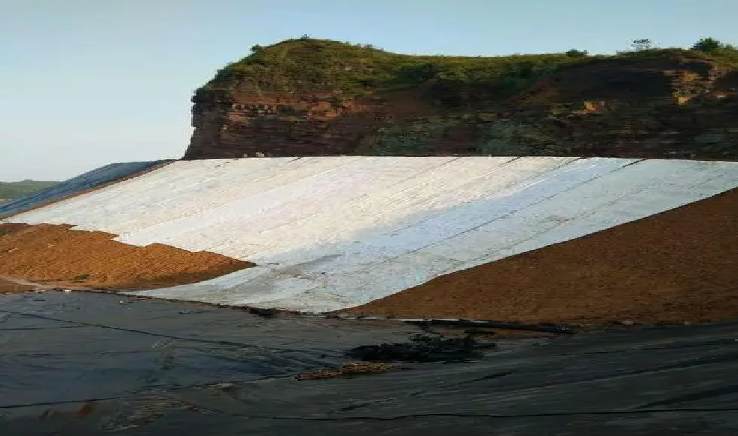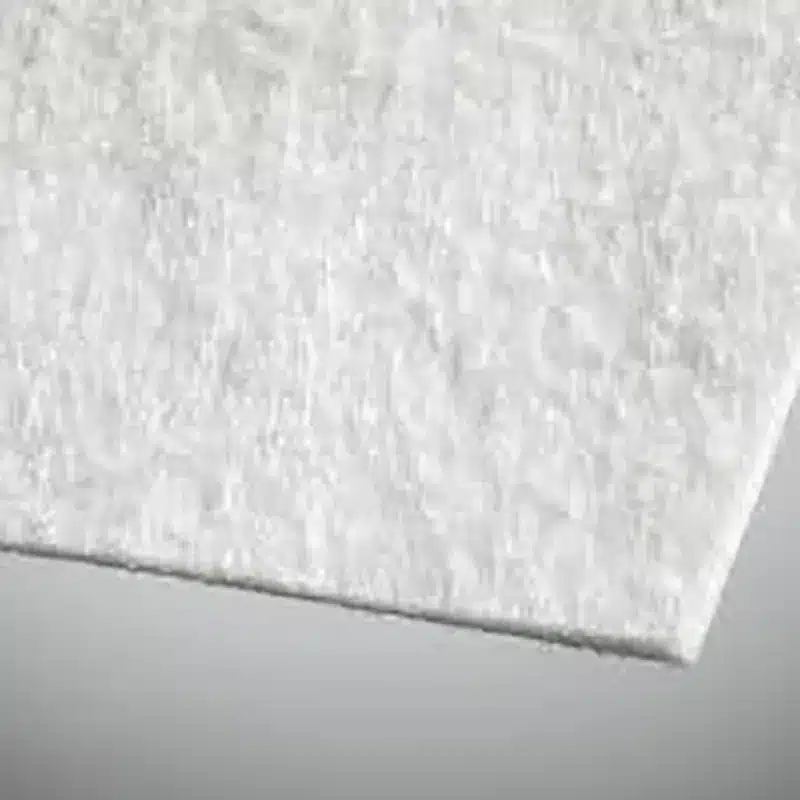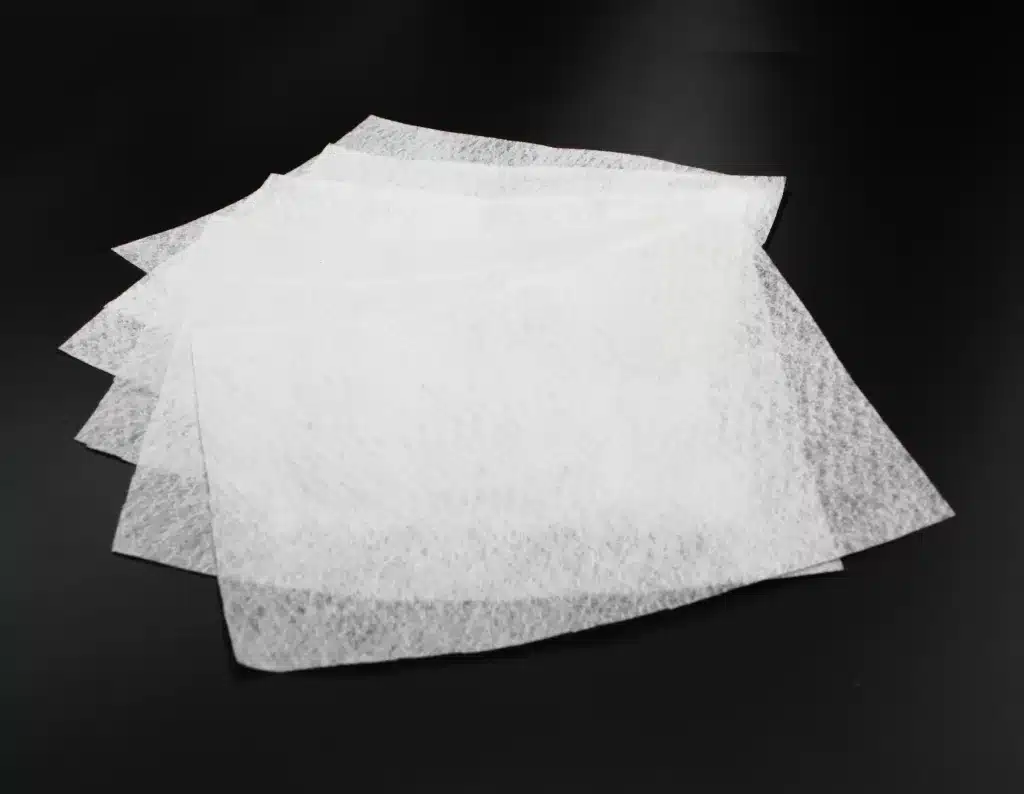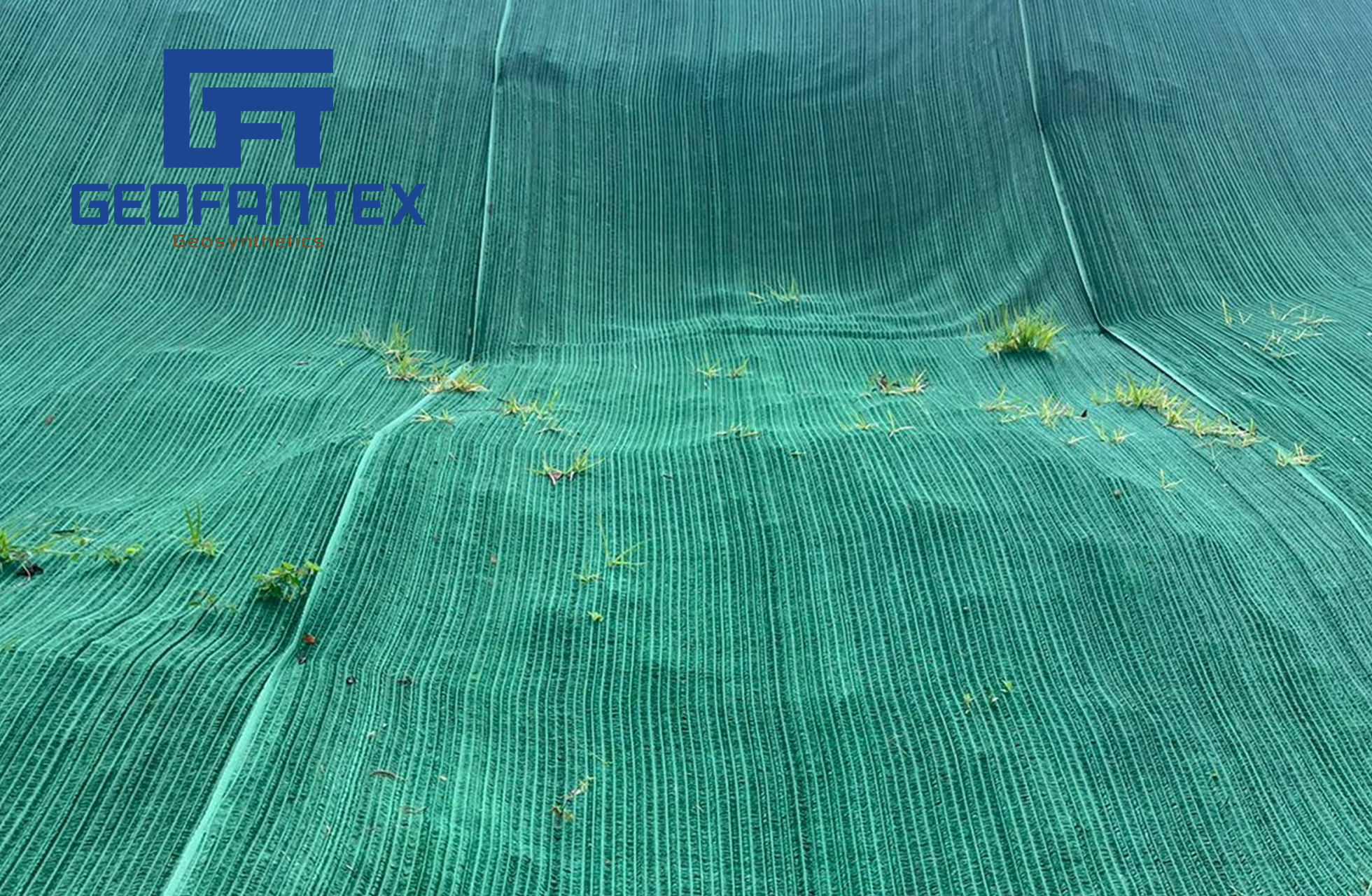+86-159 9860 6917
info@geofantex.com
geofantex@gmail.com
+86-400-8266163-44899
Erosion is a natural process that can cause significant damage to shorelines, riverbanks, and infrastructure if left unchecked. To combat erosion effectively, engineers have developed methods like using riprap—layers of large stones—and geotextiles, durable fabrics that prevent soil displacement and prevent erosional undercutting. This article explores how the combination of geotextile and riprap serves as a powerful solution in erosion control applications. We’ll discuss the main uses of geotextiles, how riprap prevents erosion, and why geotextile-riprap systems are essential for sustainable environmental management.
What are the 6 key applications for geotextiles?
Geotextiles are versatile materials used in a variety of applications across industries. Here are six key applications:
- Erosion Control: Geotextiles help stabilize soil and prevent erosion in areas like riverbanks, shorelines, and construction sites.
- Road Construction: In road building, geotextiles reinforce soil layers, distributing loads and preventing pavement cracks.
- Drainage Systems: Geotextiles are often used as filtration layers in drainage systems, allowing water to pass through while retaining soil.
- Slope Stabilization: By reinforcing slopes, geotextiles prevent landslides and erosion, making them ideal for hill and embankment stabilization.
- Landfill Liners: Geotextiles act as protective liners in landfills, containing waste and preventing leachate contamination.
- Agriculture and Landscaping: In farming and landscaping, geotextiles control weed growth and support soil moisture retention, promoting healthy plant growth.

How does riprap prevent erosion?
Riprap, or rock armoring, prevents erosion by using layers of large stones placed along shorelines, riverbanks, and slopes, creating a physical barrier that disrupts water flow and stabilizes riverbanks and shorelines. This barrier reduces the speed of flowing water and waves, dissipating energy that would otherwise cause soil erosion. The irregular surfaces of the stones further deflect and absorb the impact of water, helping stabilize the soil underneath. Riprap is especially effective for areas with heavy water flow, as it provides immediate erosion protection and can last for decades with minimal maintenance.
How do geotextiles prevent erosion?
Geotextiles prevent erosion by acting as a protective layer between soil and external elements like water or wind. They cover the soil surface and reduce erosion from rainfall impact, minimizing the displacement of soil particles. When used under riprap, geotextiles prevent soil particles from being washed away while allowing water to flow through. This controlled drainage helps maintain soil stability and prevents sediment loss. Additionally, geotextiles reinforce soil structure, reducing the risk of landslides and surface runoff. In combination with riprap, geotextiles create a durable, stable system that protects against erosion even in high-flow areas.
What are the three main uses of a geotextile?
The three main uses of geotextiles are as a filter to prevent soil erosion, as a separator to prevent mixing of different soil layers, and as a reinforcement to improve soil stability and strength:
- Separation: Geotextiles separate different soil layers, preventing mixing and maintaining the integrity of construction layers in roads and pavements.
- Filtration: By allowing water to pass while trapping soil, geotextiles serve as filtration layers in drainage systems, preventing soil clogging.
- Reinforcement: Geotextiles provide added strength to soil, helping it withstand heavy loads and preventing deformation in construction projects.
In these ways, geotextiles play a vital role in enhancing soil performance and stability across diverse construction and environmental applications.
Geotextile-riprap erosion control applications offer an effective, sustainable solution to soil erosion. By combining the structural strength of riprap with the protective functions of geotextiles, engineers can secure shorelines, riverbanks, and slopes against erosion and environmental damage. Whether it’s for separation, filtration, or reinforcement, geotextiles play a crucial role in various industries, from road construction to agriculture. Together, geotextile and riprap systems provide robust, long-term protection, supporting environmental stability and infrastructure resilience.



Get Free Sample
We’ll respond as soon as possible(within 12 hours)






















